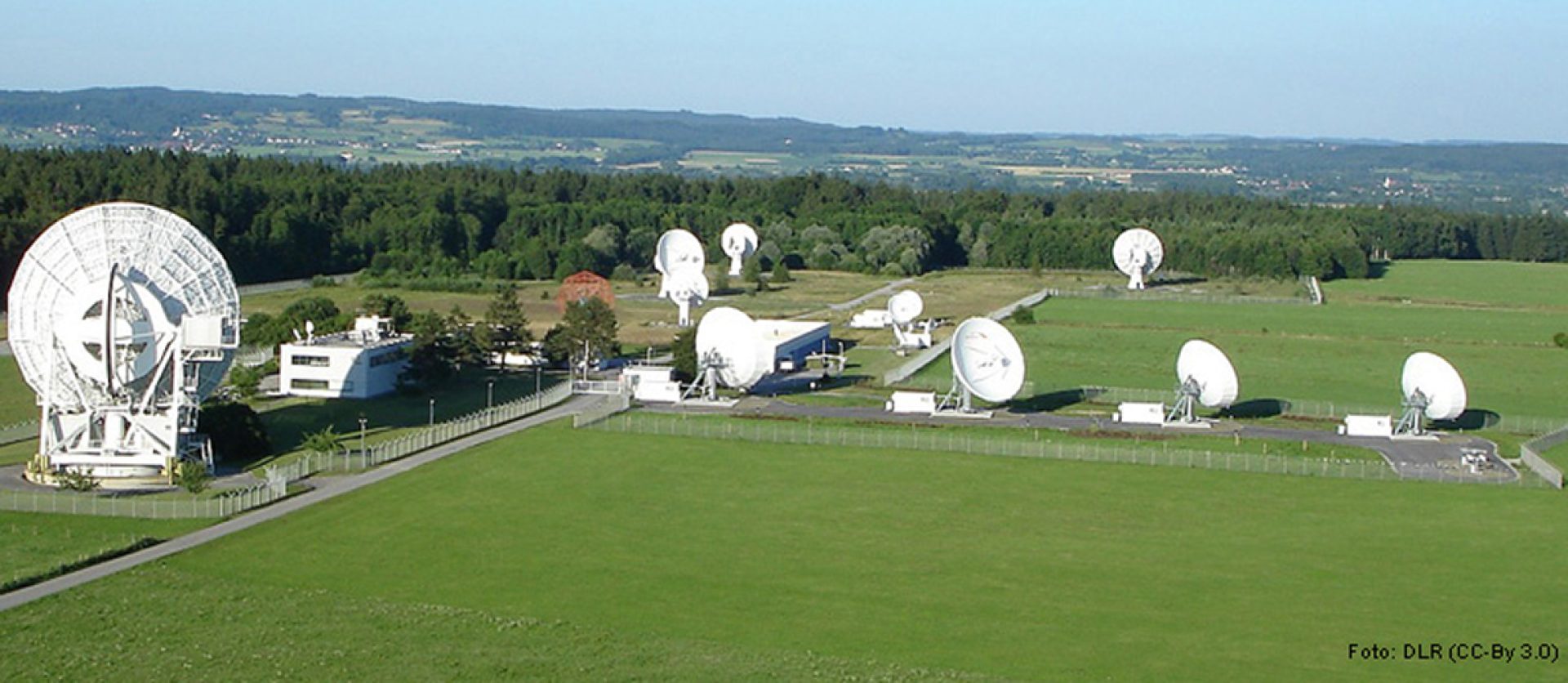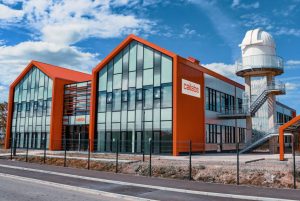The TILBA technology improves laser communication through atmospheric turbulence
DLR, Germany

The partner’s issue
DLR (Deutsches Zentrum für Luft- und Raumfahrt) is the German space research center. It is a world reference in optical satellite communications networks. DLR’s Advanced Optical Technologies Group holds the world record for laser data transmission with a link throughput of 13.65 Tbps. However, atmospheric turbulence limits laser communication. Therefore the group is researching technologies that can mitigate for this turbulence.
The TILBA® solution
TILBA® is an optical device designed to improve the reliability of free space optical links in the presence of atmospheric turbulence. It uses a unique passive light shaping technology, replacing the need for active devices such as adaptive optics to compensate for atmospheric turbulence.
The advantages of the solution
• The TILBA® technology was installed in parallel with an adaptive optics (AO) unit, without modifying the initial bench setup, in order to compare the two technologies in real time.
• Link stability (scintillation) was equivalent to that of the AO unit in low and medium turbulence and more effective in high turbulence.
• The passive component, with a connectorized multimode input, allowed for quick and easy installation.
